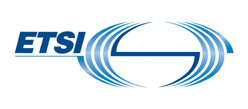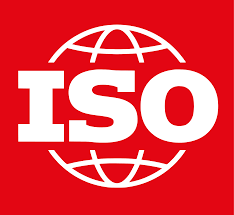SAREF4ENER: extension for the Energy domain
SAREF4ENER is an extension of SAREF that was created in collaboration with Energy@Home and EEBus to enable the interconnection of their (different) data models.

SAREF4ENER is an extension of SAREF that was created in collaboration with Energy@Home and EEBus to enable the interconnection of their (different) data models.

The intention of SAREF4AUTO is to connect SAREF with existing ontologies (such as W3C SSN, W3C SOSA, GeoSPARQL, etc.) and important standardization initiatives and ontologies in the Automotive domain.

The SAREF extension for the water domain (SAREF4WATR) is based on a limited set of use cases and from available existing data models.

SAREF4ENVI has two main aims: on the one hand, to be the basis for enabling the use of SAREF in the environment domain and, on the other hand, to exemplify how to enable interoperability between environmental devices in cooperation.

The SAREF4EHAW extension has been specified and formalised by investigating EHAW domain related resources such as: potential stakeholders, standardization initiatives, alliances/associations, European projects, EC directives, existing ontologies, and data repositories.

SAREF4INMA focuses on extending SAREF for the industry and manufacturing domain to solve the lack of interoperability between various types of production equipment that produce items in a factory and, once outside the factory, between different organizations in the value chain to uniquely track back the produced items to the corresponding production equipment, batches, material and precise time in which they were manufactured.

Industrial automation systems and integration

This document specifies the metamodel that provides a facility to register administrative and evolution information related to ontologies. The metamodel is intended to promote interoperability among application systems, by providing administrative and evolution information related to ontologies, accompanied with standardized ontology repositories that register ontologies themselves in specific languages. This document does not specify the metamodels of ontologies expressed in specific languages and the mappings among them.

ISO/IEC 18384-3:2016 defines a formal ontology for service-oriented architecture (SOA), an architectural style that supports service orientation. The terms defined in this ontology are key terms from the vocabulary in ISO/IEC 18384-1.

ISO/IEC 13250-5:2015 specifies a formal model for subject maps, minimal access functionality and information retrieval from subject maps and a constraint framework governing the interpretation of subject maps. Particular formalisms to constrain subject maps are not covered by this part of ISO/IEC 13250.

This document specifies the metamodel that provides a facility to register administrative and evolution information related to ontologies. The metamodel is intended to promote interoperability among application systems, by providing administrative and evolution information related to ontologies, accompanied with standardized ontology repositories that register ontologies themselves in specific languages. This document does not specify the metamodels of ontologies expressed in specific languages and the mappings among them.

ISO 18629 is an International Standard for the computer-interpretable exchange of information related to manufacturing processes. Taken together, all the parts contained in the ISO 18629 Standard provide a generic language for describing a manufacturing process throughout the entire production process within the same industrial company or across several industrial sectors or companies, independently from any particular representation model. The nature of this language makes it suitable for sharing process information related to manufacturing during all the stages of a production process.
This part provides a description of the core elements of the language defined within the International Standard.
